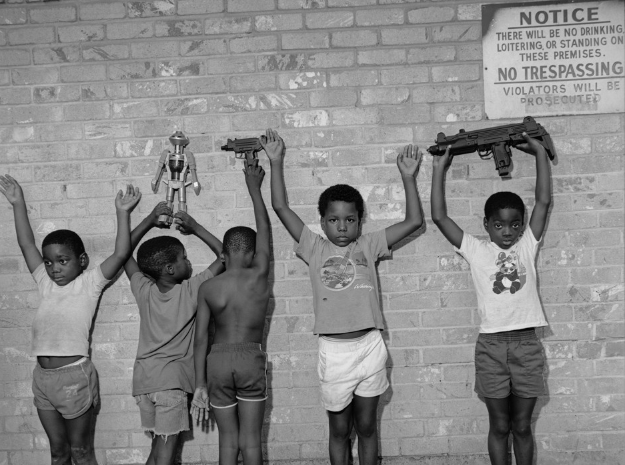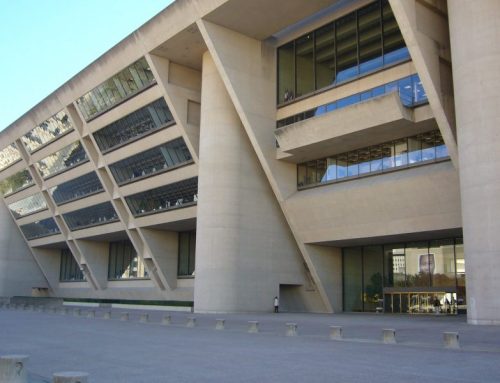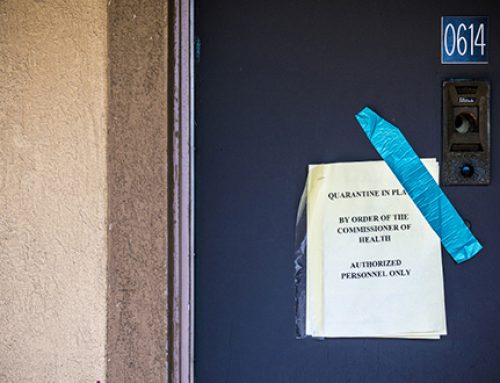
The photo by Mary Ellen Mark for Texas Monthly Nov. 1988
Five black children stand, arms raised, against a brick wall in South Dallas. It is “a position that police officers regularly and historically have commanded black people to assume: up against the wall,” writes CityLab’s Brentin Mock. One boy holds a toy robot, the others grip guns — maybe real, perhaps toys.
Mary Ellen Mark photographed them in 1988 for a feature in Texas Monthly about racial segregation, drugs and despair south of downtown.
CityLab notes that Texas Monthly’s The War Zone, was a field report from a neighborhood in Dallas where the crack drug trade had taken hold.
It was the kind of story that became standard among magazine and alt-weekly journalists in the 1980s, styled after Barry Michael Cooper’s seminal 1986 SPIN magazine feature on the birth of a crack-cocaine nation, in New York City. Less than two years later, the crack epidemic had metastasized well beyond the Big Apple, devouring cities in places as distant as Texas. Journalist Jim Atkinson ventured into the fog of this new drug war zone in Dallas to explain how it got this far for his Texas Monthly piece. However, like most news stories of the crack era, few fair explanations were offered …
… You would never know that African Americans were trapped in “South Dallas” for decades because they weren’t allowed to live anywhere else. Those who did get a little money and try to move to another neighborhood were house-bombed, car-bombed, and fire-bombed back into the southern traps of the city, where poverty and racial despair were contained. There is an entire policy war happening right now within the U.S. Department of Housing and Urban Development around affirmatively furthering fair housing—de-clustering subsidized housing so that it’s not packed in historically segregated zones— that began with a lawsuit filed from Dallas.
Yep, about right.
(Side note: Up until about 1970, all of the Dallas Cowboys lived in North Dallas/Lake Highlands, near the practice facilities, while the black players had to make a 40-minute trek back to South Dallas everyday until one of them sued.)
The cover art for the recently released album Nasir by Nas incorporates the photo; the illustration harkens back to the hip-hop musician’s debut album Illmatic — there, his own childhood portrait is translucent over an image of the crumbling NYC housing projects where he grew up.
Nas’ music consistently calls attention to social justice, or rather injustice.

Illmatic cover 1994
In a PBS special, Nas spoke about his first cover. “I’ll tell you something I never said. On my album cover, you see me with the afro, that was kind of inspired by Michael Jackson – the little kid picture.” Ballers Status magazine notes that Illmatic, to this day, “is considered one of the greatest pieces of hip-hop musicality of all time.”
Pardon the delay. #NASIR album officially out everywhere!https://t.co/VCSw70vJlZ
— Nasir Jones (@Nas) June 16, 2018







Leave A Comment